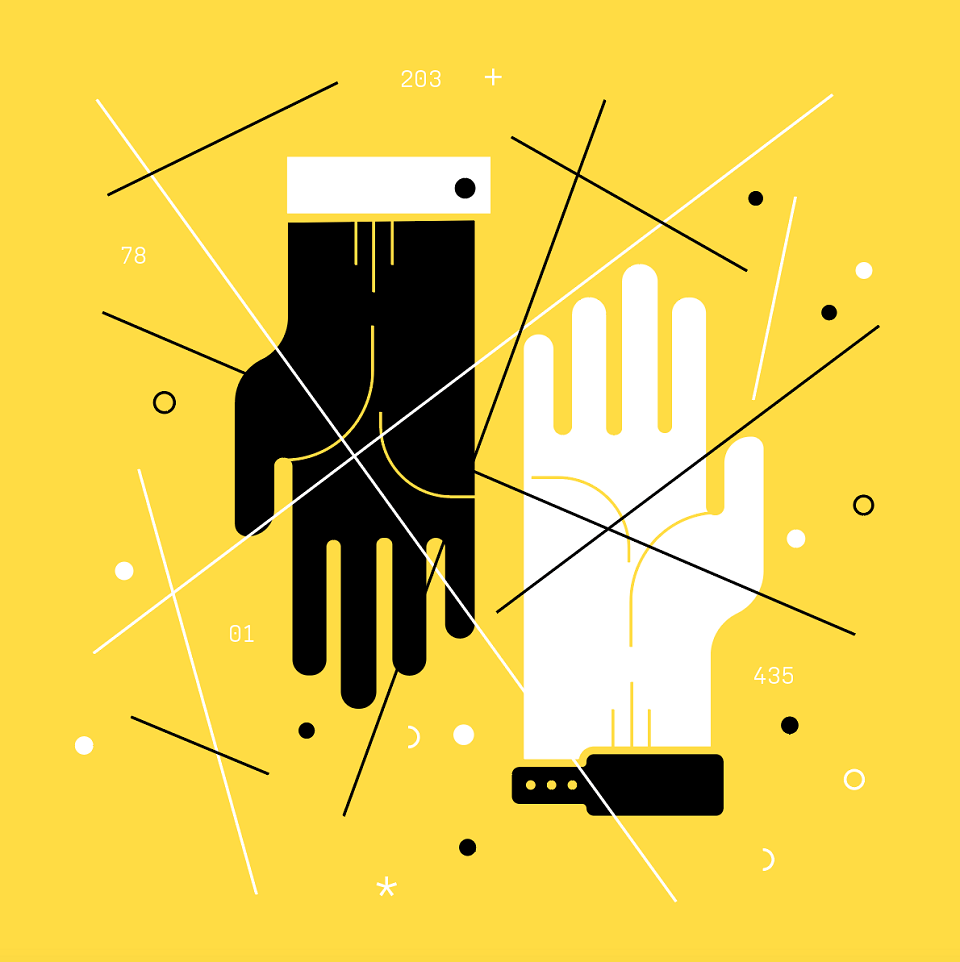

As electronic health records (EHRs) have moved from paper to computers over the past decade — nearly 90% of office-based physicians now have an EHR — “Can’t you just look it up on the computer?” has become an increasing refrain from patients expecting their medical history to be at their physician’s digital fingertips. For integrated health care systems with robust electronic health records, access to information is profound. Providers can read notes, interpret labs, view imaging and beyond, all from a screen, instantaneously.
Across disparate institutions, however, the story is very different. Substantial effort has been made to achieve interoperability between organizations, such as through regional health information exchanges, among others, with meaningful results. Yet such efforts have assumed institutions at the center of interoperability. What if we empowered patients to be digital stewards of their health data — allowing them to cut across their myriad physician office visits, home health encounters, and increasingly retail services such as flu shots or blood pressure readings?